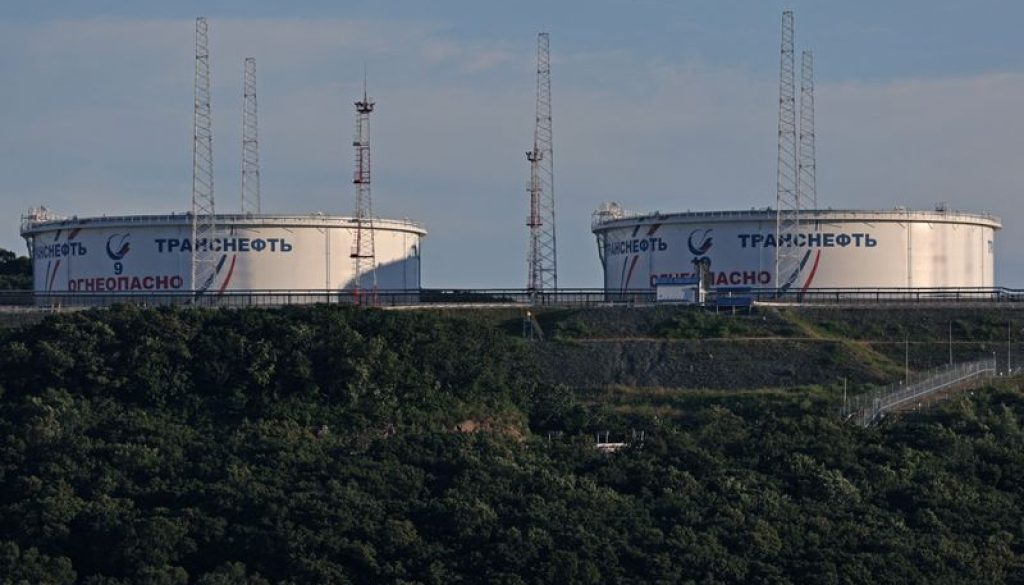Oil inches up as US plans more strikes in Mideast, Ukraine hits Russian refinery
(Reuters)-05/02/2024
Oil prices nudged higher on Monday, recovering from sharp falls last week, after Washington pledged to launch further strikes on Iran-backed groups in the Middle East and as Ukrainian drones struck southern Russia’s largest refinery.
Brent crude futures rose 36 cents, or 0.5%, to $77.69 a barrel by 0511 GMT, while U.S. West Texas Intermediate futures were at $72.53 a barrel, up 25 cents, or 0.4%.
Both benchmarks ended last week down about 7%. They fell 2% on Friday after stronger-than-expected U.S. jobs data suggested interest rate cuts could be further out than expected, and on progress in ceasefire negotiations between Israel and Hamas.
“Hopes of a ceasefire between Israel and Hamas drove some of this weakness,” ING analysts said in a note.
“However, for now, a ceasefire does not appear imminent.”
Investors remained wary of any escalation in the Middle East conflict, after the U.S. signaled further strikes on Iran-backed groups in the Middle East in response to a deadly attack on U.S. troops in Jordan.
The U.S. also continued its campaign against the Iran-backed Houthis in Yemen, with 36 strikes on Saturday against the groups whose attacks on shipping vessels have disrupted global oil trading routes, although supply has been largely unaffected.
“Given the US military strikes avoid directly attacking Iran, we think the Israel‑Hamas ceasefire talks will have the more dominant effect ‑ thereby reducing Middle‑East tensions,” said Commonwealth Bank commodities analyst Vivek Dhar.
“Oil markets will likely respond by continuing to discount supply disruption risks in the Middle East,” he said in a client note on Monday, adding that would likely keep Brent futures below $80 a barrel.
On Friday, the U.S. Department of Justice announced sanctions-evasion charges and seizures linked to an oil trafficking network that it says finances Iran’s Islamic Revolutionary Guard Corps.
It seized more than 520,000 barrels of sanctioned Iranian oil aboard the crude tanker Abyss, which had been anchored in the Yellow Sea en route to China.
Iran’s budget targets oil sales of 1.35 million barrels per day for the Iranian year starting March 2024, about 1.3% of the 103.5 million bpd global supply forecasted by the International Energy Agency.
In Russia, two Ukrainian attack drones struck the largest oil refinery in the country’s south on Saturday, a source in Kyiv told Reuters, the latest in a series of long-range attacks on Russian oil facilities which has reduced Russia’s exports of naphtha, a petrochemical feedstock.
Lukoil, which owns the 300,000 barrels per day Volgograd refinery, later said the plant was working as normal.
In the U.S., power at BP (LON:BP)’s 435,000 barrel-per-day oil refinery in Whiting, Indiana, had been restored by midday on Friday, but sources said BP had not yet set a date for restarting the plant.




